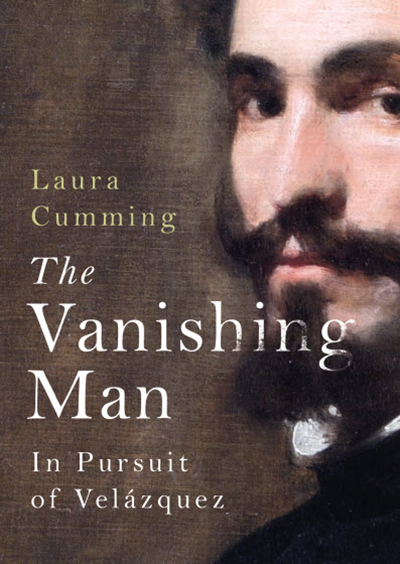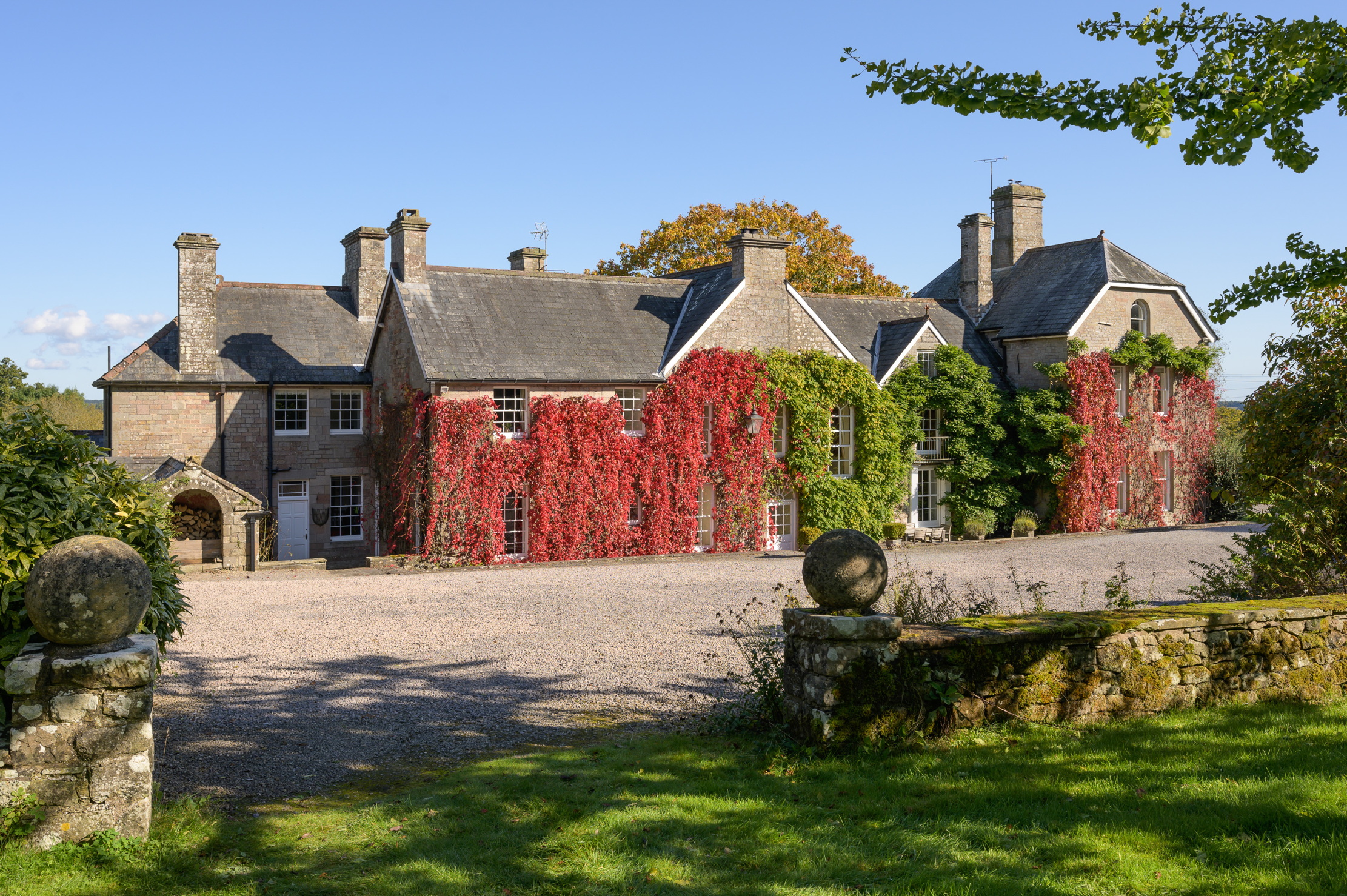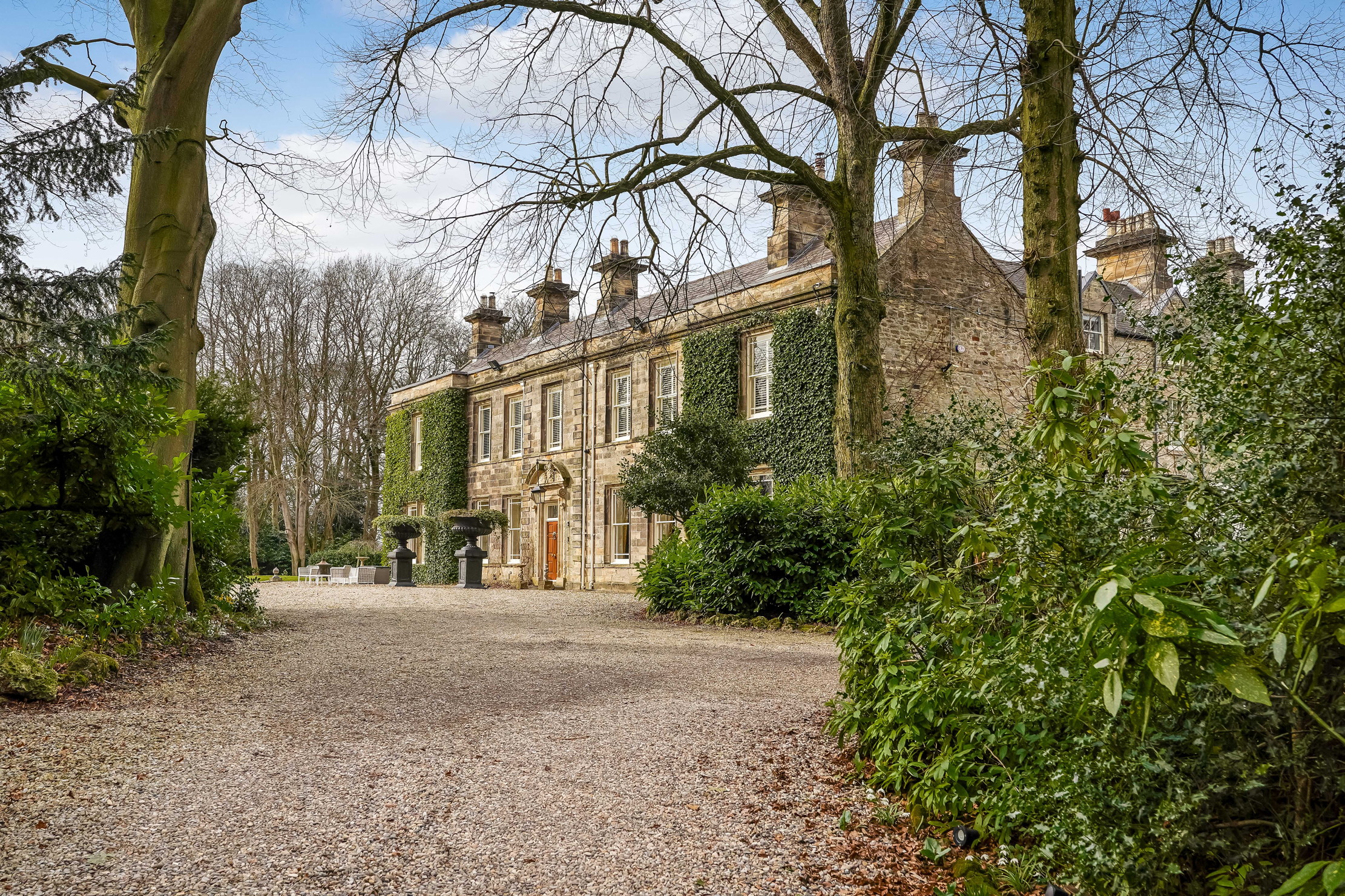The Vanishing man: in pursuit of Velázquez
This history of Velázquez is well put together and passionately written, finds Huon Mallalieu


For Laura Cumming, I think, as on many days for me, Velázquez’s Las Meninas is the greatest painting of European art. One of his sitters, the poet Francisco de Quevedo, wrote that ‘the great Velásquez, Skillful as he is inventive, Can bring beauty to life And give feeling to flesh With his distant blots. When he paints The result is not likeness but absolute truth’.
Unfortunately, The Vanishing Man does not give the visual evidence for this truth; the publishers have been cheeseparing in the vital matter of the illustrations, only a few of which are on art paper and in colour—and even they are often slightly fuzzy.
This is a pity, as the analysis of the paintings is one of the book’s strengths. Miss Cumming is the sensitive and perceptive art critic of The Observer and author of a fine study of self-portraits, A Face to the World (2010), and when she writes of the paintings, her words take wing, although it may be that she sometimes interprets them too readily as evidence of the artist’s character and opinions.
Remarkably little is known of Velázquez’s life, other than official records of his activities as a courtier, for the most part conducted within the claustrophobic warren of the Madrid Alcazar and the Buen Retiro, the slightly less oppressive new royal palace built for Philip IV
Like the international diplomats Rubens and Van Dyck, and Inigo Jones at the Court of Charles I, Velázquez was not just—perhaps not even primarily—a painter. Before he (or the King) added the insignia of a Knight of Santiago to the self-portrait in Las Meninas, he chose to emphasise the keys of office at his belt.
The book might well have been titled Vanishing Men, as it tells two intermingled stories, of Velázquez and of John Snare, the bookseller who, for £8 at a country sale in 1845, bought a supposed Van Dyck of Charles as Prince of Wales and spent the rest of his life trying to have it accepted as the Velázquez painted in Madrid in 1623, during Charles and the Duke of Buckingham’s abortive Spanish Match negotiations
That painting was probably given by Charles to the Duke, much of whose collection disappeared after his assassination. Velázquez was not much known in Britain and, extraordinarily, Snare seems to have made the attribution solely from Richard Ford’s A Handbook for Travellers in Spain, which helped introduce the artist to the world beyond Spain and mentions the lost portrait of Charles. Most connoisseurs agreed with Snare, but not one of the most important, William Stirling Maxwell, who derided it
Sign up for the Country Life Newsletter
Exquisite houses, the beauty of Nature, and how to get the most from your life, straight to your inbox.
Snare believed that he had established that the 2nd Earl Fife had owned such a picture, which led to his downfall, as the Earl’s trustees seized it and, although a trial declared in Snare’s favour, he was bankrupted. He ended his days in New York and the painting hasn’t been seen since 1888. Ironically, it has emerged that the Earl’s painting had been a different portrait, by Daniel Mytens. The author has made an excellent pile of bricks with very little straw
Despite sometimes confusing bursts of the historic present, she keeps her two stories flowing steadily in parallel, but few new facts about Velázquez or Snare have come to light in the course of her researches and, alas, she hasn’t succeeded in rediscovering the twice-lost portrait of Charles. Perhaps she, or any one of us, may yet come upon it mis-catalogued in another country sale?
To buy this book, telephone the Country Life Bookshop on 0843 060 0023 or visit www.countrylife.co.uk/bookshop. Or send a cheque/postal order to the Country Life Bookshop, PO Box 60, Helston TR13 0TP. For overseas readers, telephone 01326 569444 or email sales@sparkledirect.co.uk
Country Life is unlike any other magazine: the only glossy weekly on the newsstand and the only magazine that has been guest-edited by HRH The King not once, but twice. It is a celebration of modern rural life and all its diverse joys and pleasures — that was first published in Queen Victoria's Diamond Jubilee year. Our eclectic mixture of witty and informative content — from the most up-to-date property news and commentary and a coveted glimpse inside some of the UK's best houses and gardens, to gardening, the arts and interior design, written by experts in their field — still cannot be found in print or online, anywhere else.
-
 Over the Hills and Far Away: Robert Plant's Welsh hideaway is up for sale
Over the Hills and Far Away: Robert Plant's Welsh hideaway is up for saleOther notable residents of The Argoed in the Wye Valley include George Bernard Shaw and Beatrice Webb.
-
 Period charm and contemporary tastes collide in an eight-bedroom listed home in Durham
Period charm and contemporary tastes collide in an eight-bedroom listed home in DurhamMorton House is a rare example of a home where you can have the best of both worlds.